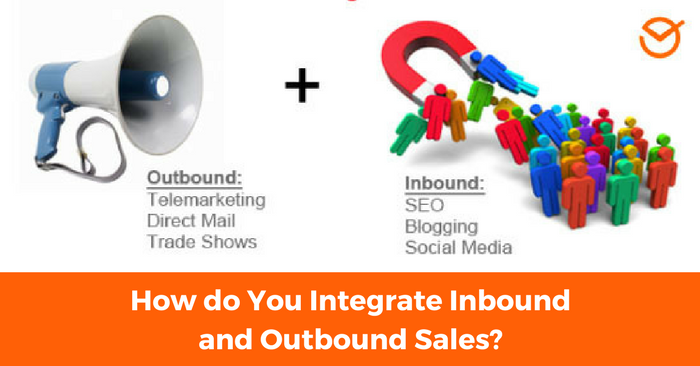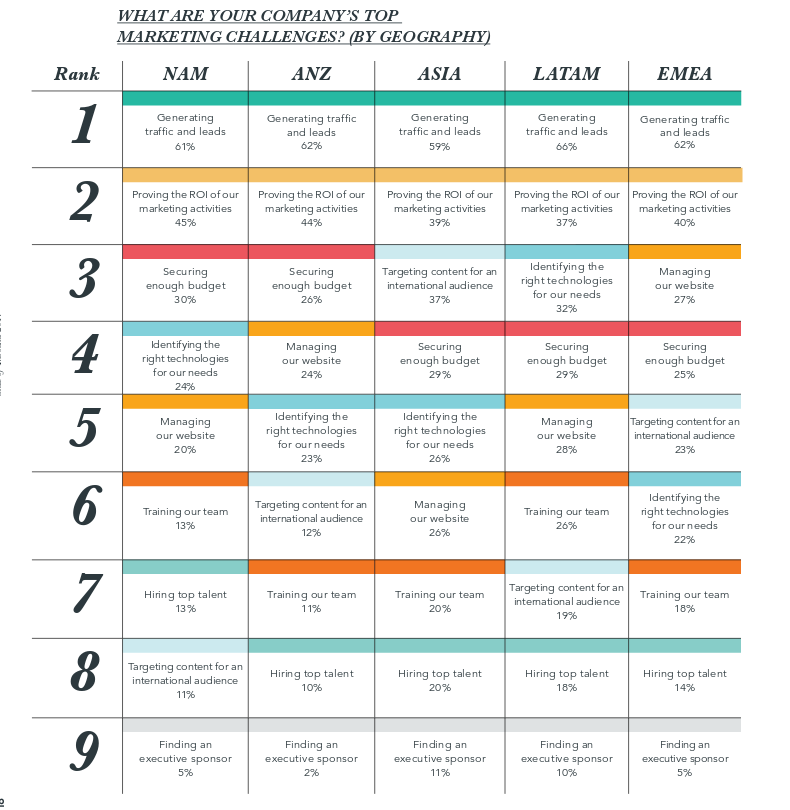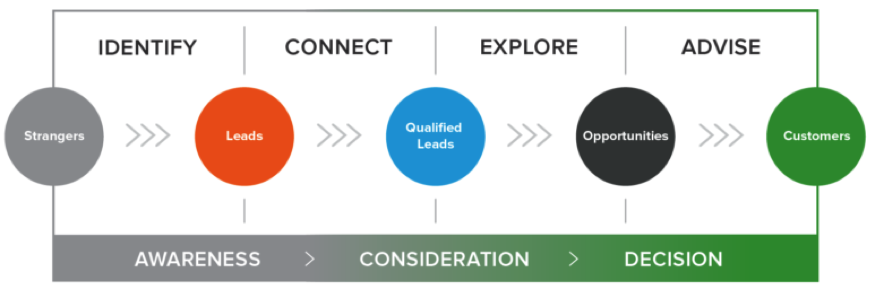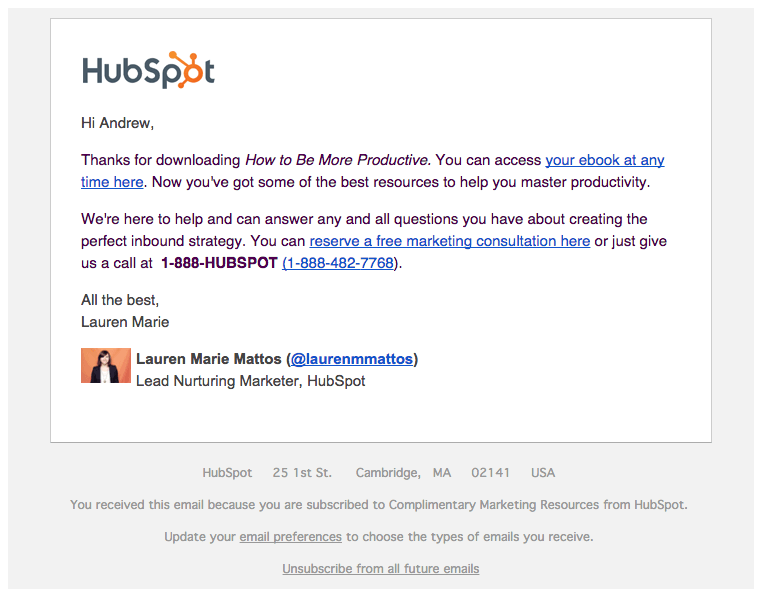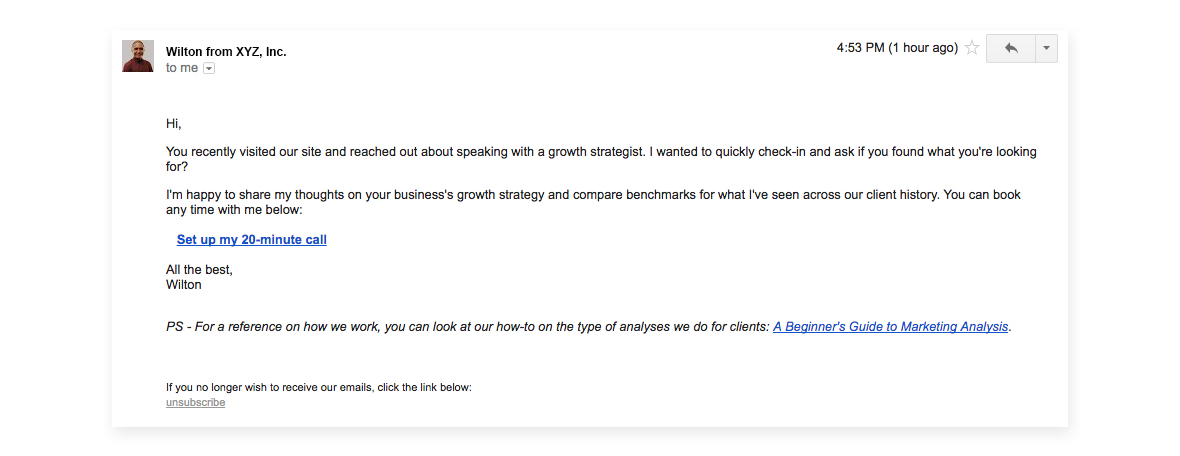If you are reading this article there is a good chance that you are a CEO or a Sales Director. It’s also likely that your main goal for this year is to close more sales, and you might be considering improving sales funnel efficiency.
It’s also possible that you find many questions about your day-to-day job, your sales team, and the results. You might ask yourself how can you earn more money? How can you grasp prospective clients and convert them into sales opportunities? How can you establish a better sales process? How can you optimize resources and time?
Don’t worry because you are not alone. According to the latest study on Inbound Status in 2017, the majority of the respondents agree that “closing more sales” is their main priority and goal.
To capture prospects has become a difficult task.
This is due to the amount of changes the Internet has brought, where today people are exposed to information with a touch of a click.
Here you can read, investigate, compare and analyze any product or service and make a decision. And users are ever so jealous of their privacy and time and don’t like to the interrupted with phone calls or emails that don’t offer valuable content and are only there to sell.
So those of us who are dedicated to sales should take a second look at our strategies and approaches in search of prospects, contacts and sales.
What are Outbound Sales?
Outbound Sales methodology is commonly known for making calls or sending cold emails to lists of contacts that are not necessarily interested in or don’t need your business products or services.
In many cases, the companies that follow these traditional sales practices assign their employees goals such as making a certain amount of phone calls a month or a week, thus making their main work objective focused on reaching a quota and not in capturing and engaging their clients to last a lifetime.
However, this methodology faces major problems with the current consumer as Dan Tyre from the HubSpot explains:
- It’s possible that with Outbound practices you get some business, however, you probably close fewer deals with buyers who remember and share their experiences with other people and companies.
- Buyers comment with each other, especially if they had a negative buying experience or did not like something. The product may have been what they were looking for, but if their experience with the seller was negative this impacts the quality of the product.
- A poor seller can affect the company’s reputation and cause damage in order to survive. Remember that today the power is in the hands of those who make purchases and not in those who sell.
This is why, and there are many other reasons, that leaders of HubSpot, Dharmesh Shah and Brian Halligan decided in 2014 that there were enough reasons to introduce a new sales concept and had the necessary technology to develop it: Inbound Sales, HubSpot CRM and HubSpot Sales.
What are Inbound Sales?
This methodology leaves behind the “Always Be Closing” or “Always close a sale” we were used to and focuses on “Always Be Helping”, where the sales person becomes someone who listens, shares interesting information and advises buyers.
It´s basically a 4 step process that guides sales professionals down a path to get leads, at their own pace, so they turn into buyers or users of company products or services:
- Identify potential clients through interactions on the company’s web page, blogs, social media or any other media related to the industry, products or services.
- Connect with them, once all possible leads are identified through a personalized message.
- Explore goals and needs with a phone call or meeting, in addition to finding out what is urgent.
- Advise on a specific solution that can provide the company with challenges faced by a potential customer. It’s important that a solution is found to the context of the company.
Now, you could think that doing this is easy, but the truth is that it requires being constant, determined and a willingness to get it done. In addition, you need a trained team in the field and knowledgeable in using CRM.
Inbound Sales requires sales representatives to “wear multiple hats” at the same time, know the product or service they offer most, listen and understand the needs of their prospective clients, generate and share useful content for each of their leads, guide and advise sales opportunities, and above all, be able to determine which leads have quality and which ones are not yet ready to close a deal.
Patience is key in this new sales world since the seller has relinquished power to the buyer, but still must meet weekly, monthly, quarterly and annual quotas.
Now that you understand what this new sales methodology is all about, you may be asking yourself how to get started on it with your sales team that is accustomed to dialing phone numbers all day, leaving voice mails and waiting to hear a voice at the other end of their headsets.
How do you integrate Inbound and Outbound Sales?
The first objective of this article is to share 3 simple steps that allow your company to integrate traditional and modern sales practices to reach goals.
1) Marketing and Sales Alignment
The key to start generating leads for Inbound sales is that this practice is not limited to the sales department, hence a meeting should be held with both departments to establish what lead characteristics are being sought and what Marketing efforts are going to be reached in order to qualify them as MQL or Marketing Qualified Leads.
- Generate contents according to the different stages of the buying process
- Actively participate in the social media of the company
- Email campaigns based on content and on the stages of the purchase process
- Invest in search engines and social media
On the other hand, sales must agree and commit quickly and effectively with each lead as soon as it receives this from marketing.
2) Set CRM to differentiate Outbound leads from Inbound
One of the greatest advantages of CRM is that it’s a tool that adapts to the sales process, even allowing to fully adapt to the sales process and enables you to establish properties for each lead showing their origin: inbound or outbound.
This is important so that any sales representative can know the origin of each lead because those who come for inbound practices require immediate attention, since if they are contacted in less than 5 minutes their likelihood of customer conversion is multiplied 9 times, while outbound practice leads don’t require this immediacy since they come from cold calls where users have not shown interest in the company’s products or services.
3) Personalized contact
Having leads that somehow show interest in company products or services, where they are qualified and the origin is identified, (allowing more time to investigate them and their needs) the next step is to make the first contact on behalf of the sales team.
In the case of Inbound leads, by using an email, phone call, Whatsapp message or any other form you decide, you should take advantage of this space and customize the approach by offering any type of material that might be of interest.
Here is an example of an email with an inbound lead:
In the case of leads coming from Outbound practices, we can do the same thing, to personalize and humanize the experience in order to channel this through the sales funnel Inbound style where clients have the decision power and the sales people are there to listen and help them.
Here is an example of an email with an outbound lead:
To finish, I just wanted to remind you that the sales team must be updated on customer’s behavior and actions, they must participate in the same channels, they must listen and know how to help clients whenever possible. The more human their approach, the better the results.
And you, what Inbound and Outbound marketing actions have you performed? Please let us know your experience with these strategies. By sharing, you add value and this is a great way to learn!
_____________
About the Author
Clara Gil P. Inbound Strategist for Simple Selling
Twitter. @claragilp
